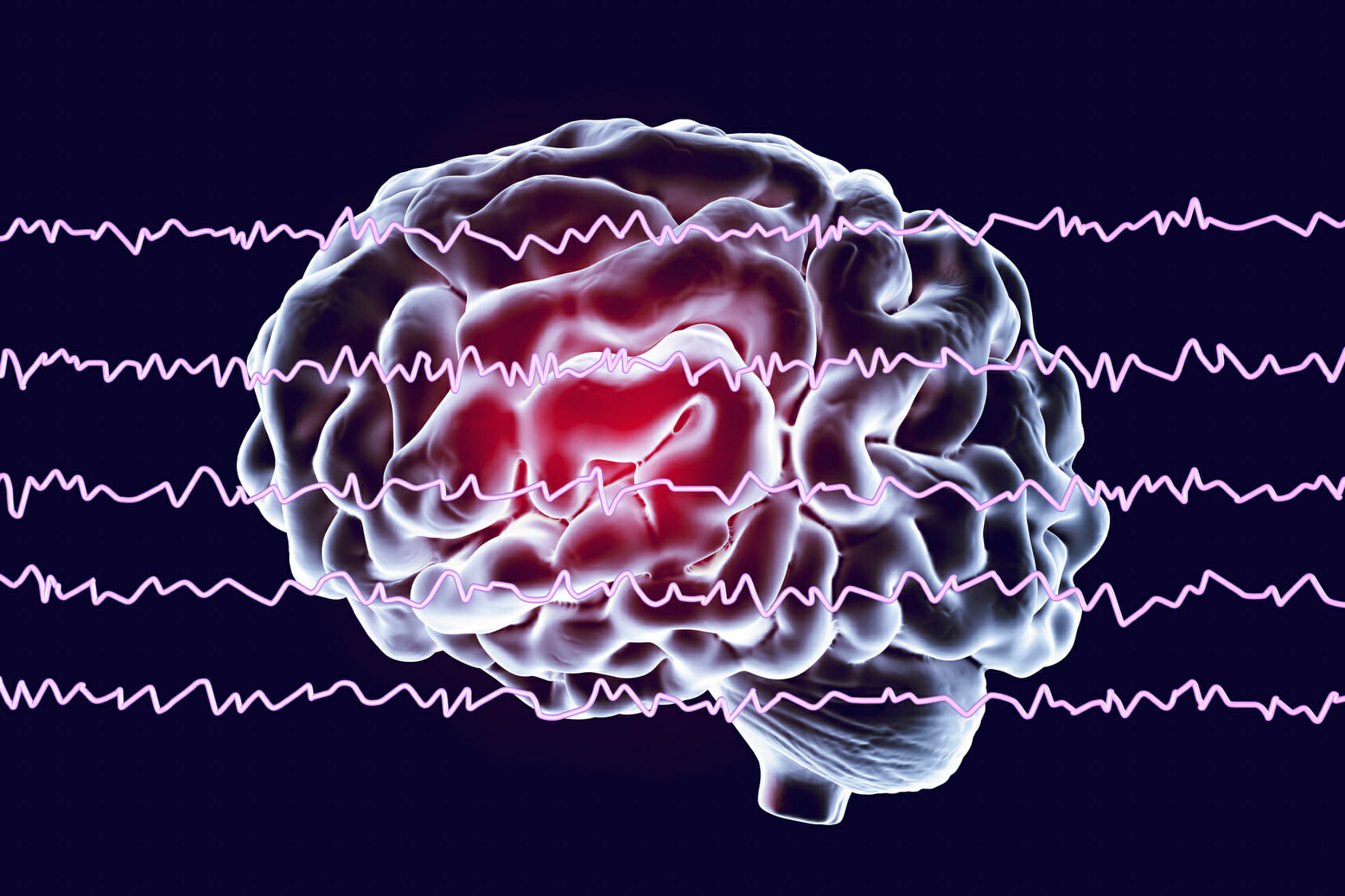Utilizing the Potential of Biofeedback to Transform Persistent Pain Management and Improve Quality of Life
Utilizing the Potential of Biofeedback to Transform Persistent Pain Management and Improve Quality of Life
Blog Article
Persistent pain is a syndrome that impacts millions of people around the globe. It can be caused by various elements, including traumas, diseases, or even stress. For many patients, controlling chronic pain can be a daily struggle that impacts their standard of life. Conventional treatments often include drugs, physical therapy, and sometimes surgery. However, these approaches do not always provide the alleviation that patients seek. Lately, biofeedback has surfaced as a promising alternative for controlling chronic pain and improving overall health.
Biofeedback is a technique that teaches patients how to control specific bodily functions by utilizing signals from their own physiology. This method includes using sensors that track physiological responses such as heart rate, muscle tension, and skin temperature. By offering immediate feedback, patients can discover to recognize their body's reactions to pain and stress. This awareness allows them to develop strategies to handle their pain more effectively. For example, if a patient notices that their muscle tension rises when they are in pain, they can practice relaxation strategies to help alleviate that weblink tension.
One of the primary benefits of biofeedback is that it empowers patients to take an active role in their pain management. Instead of relying solely on medications or treatments from healthcare providers, individuals can gain to comprehend and regulate their own physiology. This feeling of control can lead to enhanced confidence and a more positive outlook on life. Many patients report feeling more in charge of their pain and less like victims of their condition. This shift in mindset can significantly enhance their standard of life.
Studies has shown that biofeedback can be beneficial in alleviating chronic pain indicators. Research suggest that individuals who employ biofeedback methods often undergo less pain and improved physical function. Additionally, biofeedback can help reduce anxiety and stress, which are common issues for those living with chronic pain. By addressing both the physical and emotional aspects of pain, biofeedback provides a holistic approach to pain management. This comprehensive method can lead to better outcomes for patients, allowing them to engage more completely in their routine activities.
In conclusion, biofeedback is a significant tool for revolutionizing chronic pain control. By educating patients to comprehend and regulate their physiological reactions, biofeedback enables patients to take charge of their pain. This approach not only helps alleviate pain but also improves overall standard of life. As more individuals look for options to conventional pain control methods, biofeedback emerges as a potential option. With continued research and recognition, biofeedback could turn into an integral part of chronic pain therapy, helping individuals lead healthier, more fulfilling lives.